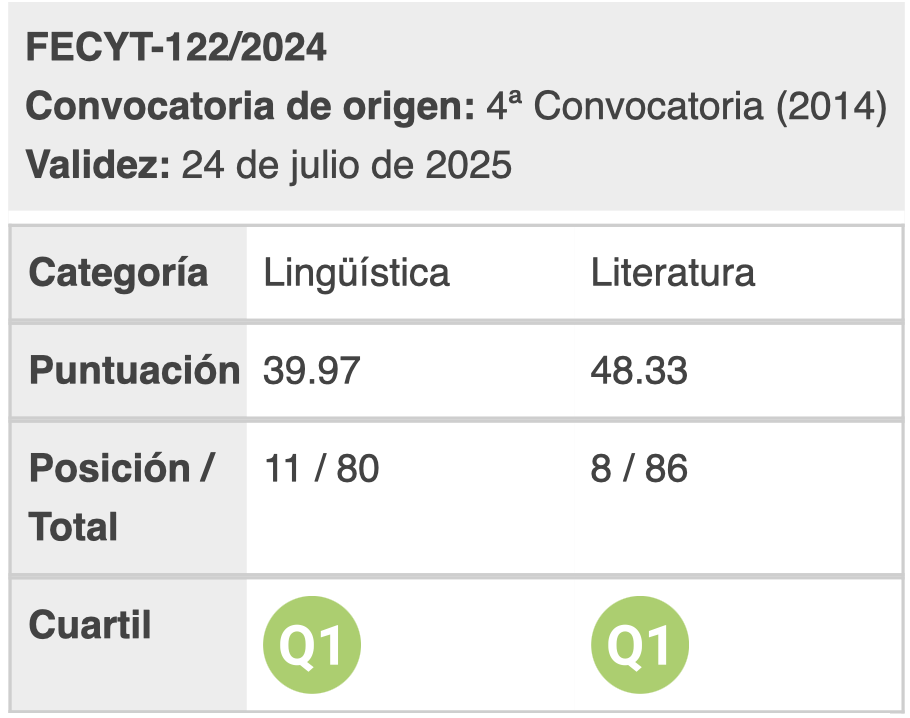The Playhouse Effect: John Webster, Deixis and Story-Telling in the Theatres of Jacobean London
DOI:
https://doi.org/10.28914/Atlantis-2024-46.1.01Abstract
The recent (2014) inauguration of the Sam Wanamaker Playhouse, a reconstruction of an archetypal Jacobean indoor playhouse, on London’s Southbank, has led students and scholars of early modern theatre once again to focus attention on original playhouse performances, just as they did when its older sibling Shakespeare’s Globe opened its doors in 1996. The earlier assumption that the differences between open-air amphitheatres and indoor playhouses conditioned the way plays were written and acted is now enjoying a new lease on life, and yet there has been little research conducted in order to substantiate this otherwise perfectly logical intuition. Drawing on the insights of drama theorist Manfred Pfister as well as the linguistic concept of deixis, this article compares the language and plotting of three plays by the Jacobean playwright John Webster: The White Devil, The Duchess of Malfi and The Devil’s Law Case. Each play was first staged under significantly different circumstances within the theatrical landscape of Jacobean London, which makes them a singularly illustrative case study of how an early modern English dramatist adapted his style in order to meet the demands of the city’s diverse performance conditions.
Downloads
Metrics
References
Barker, Roberta. 2011. “The Duchess High and Low: A Performance History of The Duchess of Malfi.” In The Duchess of Malfi: A Critical Guide, edited by Christina Luckyj, 42-65. London: Continuum.
Bayer, Mark. 2011. Theatre, Community, and Civic Engagement in Jacobean London. Iowa City: University of Iowa Press.
Cathcart, Charles. 2006. “John Marston, The Malcontent, and the King’s Men.” The Review of English Studies 57, no. 228: 43-63.
Cruse, Alan. 2006. A Glossary of Semantics and Pragmatics. Edinburgh: Edinburgh University Press.
Dillon, Janette. 2000. Theatre, Court and City, 1595-1610: Drama & Social Space in London. Cambridge: Cambridge University Press.
Dustagheer, Sarah. 2017. Shakespeare’s Two Playhouses: Repertory and Theatre Space at the Globe and the Blackfriars, 1599–1613. Cambridge: Cambridge University Press.
Dutton, Richard. 1983. Ben Jonson: To the First Folio. Cambridge: Cambridge University Press.
Ehlich, Konrad. 1982. “Anaphora and Deixis: Same, Similar, or Different? “ In Speech, Place, and Action: Studies in Deixis and Related Topics, edited by Robert J. Jarvella and Wolfgang Klein, 315-38. Chichester: John Wiley & Sons.
Elam, Keir. 1980. The Semiotics of Theatre and Drama. London and New York: Routledge.
Finkelpearl, Philip J. 1969. John Marston of the Middle Temple: An Elizabethan Dramatist in His Social Setting. Cambridge: Cambridge University Press.
Griffith, Eva. 2013. A Jacobean Company and its Playhouse: The Queen’s Servants at the Red Bull Theatre (c. 1605-1619). Cambridge: Cambridge University Press. Gunby, David. 2003. “The Devil’s Law-Case: Critical Introduction.” In The Works of John Webster, Volume Two, edited by David Gunby, David Carnegie and MacDonald P. Jackson, 5-35. Cambridge: Cambridge University Press.
Gunby, David, David Carnegie, and MacDonald P. Jackson, eds. 2007. The Works of John Webster, Volume Two. Cambridge: Cambridge University Press.
Gurr, Andrew. 1987. Playgoing in Shakespeare’s London. Cambridge: Cambridge University Press.
—. 1992. The Shakespearean Stage, 1574-1642. 3rd ed. Cambridge: Cambridge University Press.
—. 2010. “The move indoors.” In Shakespeare in Stages: New Theatre Histories, edited by Christine Dymkowski and Christie Carson, 7-21. Cambridge: Cambridge University Press.
Harbage, Alfred. 1941. Shakespeare’s Audience. New York: Columbia University Press.
Ichikawa, Mariko. 2013. The Shakespearean Stage Space. Cambridge: Cambridge University Press.
Jewkes, Wilfred T. 1958. Act Division in Elizabethan and Jacobean Plays 1583-1616. Hamden: The Shoe String Press.
Keenan, Siobhan. 2014. Acting Companies and their Plays in Shakespeare’s London. London: Bloomsbury.
Kinney, Arthur F. 2003. Shakespeare by Stages: An Historical Introduction. Oxford: Blackwell.
Lake, D. J. 1981. “Webster’s Additions to The Malcontent: Linguistic Evidence.” Notes and Queries 226: 153-58.
Levinson, Stephen C. 1983. Pragmatics. Cambridge: Cambridge University Press.
Luckyj, Christina. 1996. “Introduction.” In The White Devil, by John Webster. London: Methuen.
Marcus, Leah S. 2009. “Introduction.” In The Duchess of Malfi, by John Webster, 1-113. London: Methuen.
Marston, John. 1602. Antonios Revenge. The second part. London: Thomas Fischer.
—. 1604. The Malcontent. Augmented by Marston. With the Additions played by the Kings Maiesties servants. London: William Aspley.
Ouellette, Anthony J. 2005. “The Alchemist and the Emerging Adult Private Playhouse.” Studies in English Literature, 1500 1900 45, no. 2: 375-99.
Pfister, Manfred. 1988. The Theory and Analysis of Drama, translated by John Halliday. Cambridge: Cambridge University Press.
Reynolds, George Fullmer. 1940. The Staging of Elizabethan Plays at the Red Bull Theater, 1605-1625. Oxford: Oxford University Press.
Shakespeare, William. 2016. Hamlet, Revised Edition. Edited by Ann Thomson and Neil Taylor. London: Bloomsbury.
Sidney, Philip. 2004. The Defence of Poesy. In Sidney’s ‘The Defence of Poesy’ and Selected Renaissance Literary Criticism, edited by Gavin Alexander, 1-54. New York and London: Penguin.
Smith, Joshua S. 2012. “Reading Between the Acts: Satire and the Interludes in The Knight of the Burning Pestle.” Studies in Philology 109, no. 4: 474-495.
Webster, John. 1612. The White Divel, or, The Tragedy of Paulo Giordano Ursini, Duke of Brachiano, With The Life and Death of Vittoria Corombona the famous Venetian Curtizan. London: Thomas Archer.
—. 1996. The White Devil. Edited by Christina Luckyj. London: A&C Black.
—. 2003. The Devil’s Law-Case. Edited by David Gunby. In The Works of John Webster, Volume Two, edited by David Gunby, David Carnegie and MacDonald P. Jackson, 5-35. Cambridge: Cambridge University Press.
—. 2009. The Duchess of Malfi. Edited by Leah S. Marcus. London: Methuen. Weimann, Robert. 1978. Shakespeare and the Popular Tradition in the Theater: Studies in the Social Dimension of Dramatic Form and Function, translated and edited by Robert Schwarz. Baltimore: Johns Hopkins University.
Weiss, Adrian. 1976. “Webster’s Induction and Prologue to The Malcontent.” The Papers of the Bibliographical Society of America 70: 103-107.
Wiles, David. 1987. Shakespeare’s Clown: Actor and Text in the Elizabethan Playhouse. Cambridge: Cambridge University Press.
Willson Jr., Robert F. 1977. Shakespeare’s Opening Scenes. Salzburg: Institut für Englische Sprache und Literatur, Universität Salzburg.








